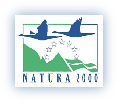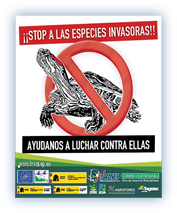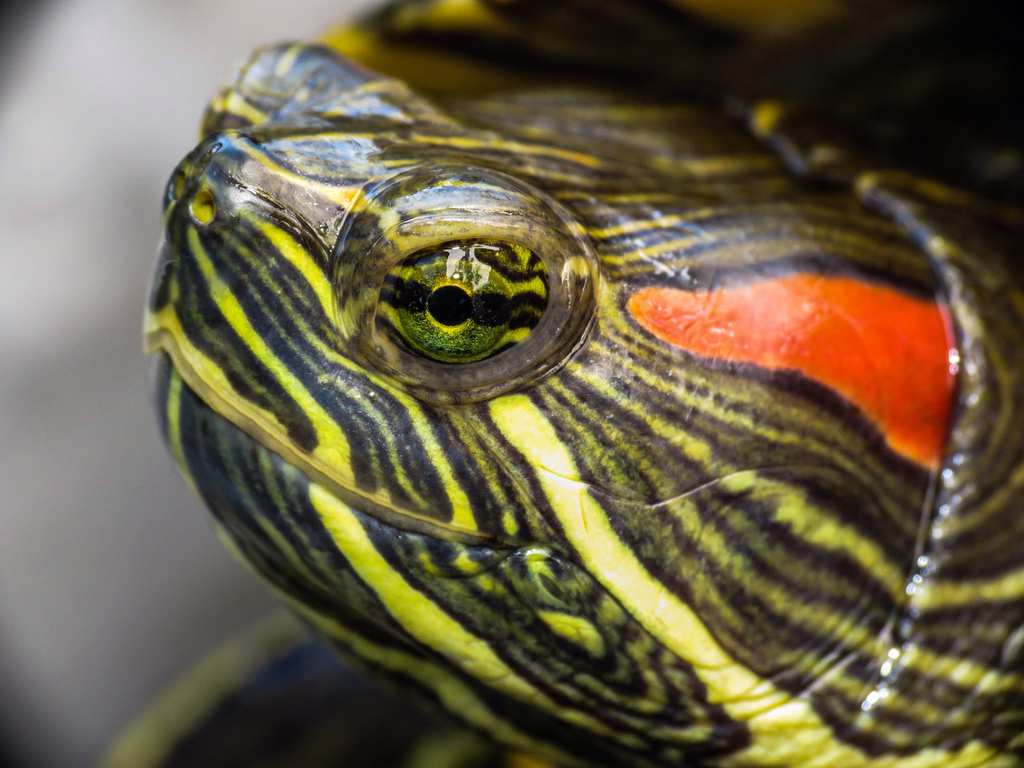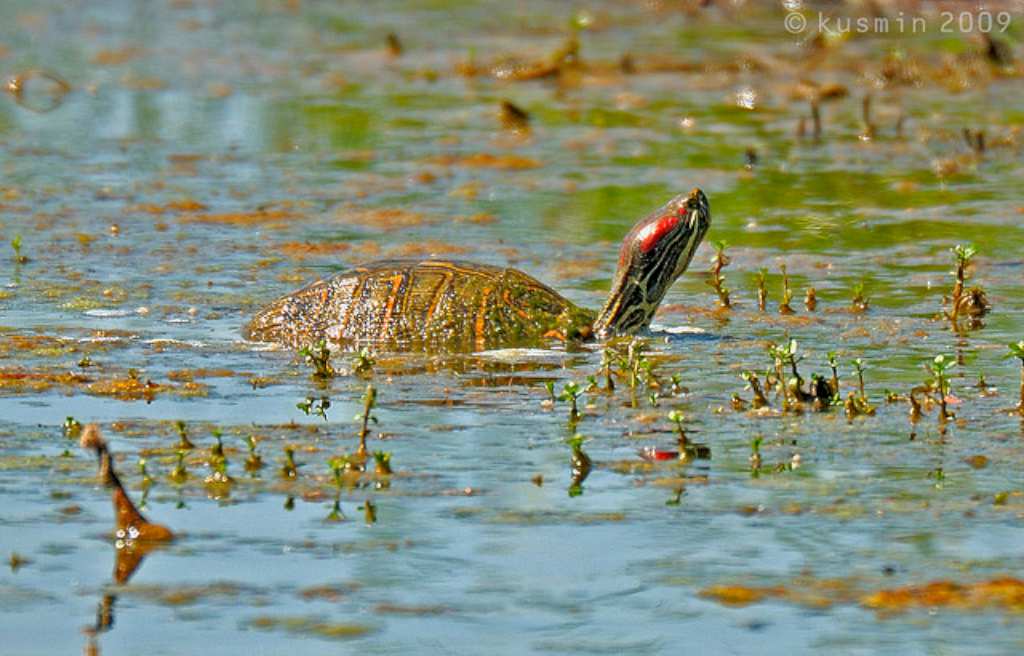

LIFE 10 NAT/ES/000582
Lucha contra las especies invasoras en las cuencas hidrográficas de los ríos Tajo y Guadiana en la Península Ibérica






Beneficiario Coordinador
Cofinanciador
Beneficiario Asociados


Colaboradores
© 2017 Consejería de Medio Ambiente y Rural, Políticas
Agrarias y Territorio - DG Medio Ambiente - GPEX
Con la contribución del instrumento financiero LIFE de la Unión Europea
Agrarias y Territorio - DG Medio Ambiente - GPEX
Con la contribución del instrumento financiero LIFE de la Unión Europea
Other languages

Slider Turtle (Trachemys scripta)
Species description
Semi-aquatic turtle native to the American region that goes from Southeastern North America to Northeastern Mexico.
Its head and neck are green, with longitudinal yellow lines. It has got two characteristic red or orangish marks in the back part of the eye, over the tympanum, which give this species its name: “Red Ears Turtle”. Its shell is green in young individuals, and gets darker as they get older, when it becomes olive or brown in colour. Its plastron is light yellow, with big round dark spots. This species might grow up to 30 cm long, the average size being between 12 and 20 cm long. Its life expectancy may range between 20-30 years. It constantly needs to sunbathe in order to keep its internal temperature, since it is a cold-blooded species.
Species description
Semi-aquatic turtle native to the American region that goes from Southeastern North America to Northeastern Mexico.
Its head and neck are green, with longitudinal yellow lines. It has got two characteristic red or orangish marks in the back part of the eye, over the tympanum, which give this species its name: “Red Ears Turtle”. Its shell is green in young individuals, and gets darker as they get older, when it becomes olive or brown in colour. Its plastron is light yellow, with big round dark spots. This species might grow up to 30 cm long, the average size being between 12 and 20 cm long. Its life expectancy may range between 20-30 years. It constantly needs to sunbathe in order to keep its internal temperature, since it is a cold-blooded species.
Pathways of Introduction and Expansion
This species was brought to Spain from North America in 1983 for commercial purposes. The only restriction existing in Spain regarding this species is the one dealing with the import of T. s. elegans into the European Union, which dates from the end of 1997. However, its breeding and sale is not restricted in Spain, provided that those individuals come from within the European Union.
Current use in Spain: this species is commercialized as a pet.
Main dispersal vectors: uncontrolled release of this species by people who owned it as a pet. Once it becomes naturalized, it easily spreads in a natural way.
This species was brought to Spain from North America in 1983 for commercial purposes. The only restriction existing in Spain regarding this species is the one dealing with the import of T. s. elegans into the European Union, which dates from the end of 1997. However, its breeding and sale is not restricted in Spain, provided that those individuals come from within the European Union.
Current use in Spain: this species is commercialized as a pet.
Main dispersal vectors: uncontrolled release of this species by people who owned it as a pet. Once it becomes naturalized, it easily spreads in a natural way.
Impacto
Ecological: this is a predatory species which consumes invertebrates, amphibians, and fish, as well as floating aquatic vegetation. It contributes to the displacement of native turtle species from insolation and breeding areas (European and Spanish Pond Turtles) due to its bigger size, number of descendants, a more varied diet, and its earlier sexual maturity. On top of that, this species has a higher tolerance to pollution than native species.
Public Health: the slider turtle is a common carrier of diseases such as salmonellosis.
Affected processes, communities or species: native turtle species, such as the European Pond Turtle and the Spanish Pond Turtle.
Geographical distribution in the project area
Ecological: this is a predatory species which consumes invertebrates, amphibians, and fish, as well as floating aquatic vegetation. It contributes to the displacement of native turtle species from insolation and breeding areas (European and Spanish Pond Turtles) due to its bigger size, number of descendants, a more varied diet, and its earlier sexual maturity. On top of that, this species has a higher tolerance to pollution than native species.
Public Health: the slider turtle is a common carrier of diseases such as salmonellosis.
Affected processes, communities or species: native turtle species, such as the European Pond Turtle and the Spanish Pond Turtle.
Geographical distribution in the project area
Autoecology
Main habitat: it mainly lives in warm environments, in areas close to still waters such as lakes, ponds, streams, etc. It needs to be close to aquatic vegetation, since older individuals get their food from it.
Food: it is an omnivore species which feeds on plants, insects, worms, small fish, etc. Young individuals are essentially carnivorous, and they include vegetals in their diet as they grow up. It eats in the water, since it has not saliva.
Breeding: this species becomes sexually mature at 5 or 6 years old, or maybe early if it is in captivity; it does not hibernate, and it is well nourished. Courtship and mating take place between March and July, under water. After a two-month gestation period, the female turtle digs a nest where egg lying will take place at daylight. A female turtle may lay between 2 and 20 eggs that will hatch 80 days later.
Behaviour: it has aquatic habits, and its a great swimmer. Turtles get out of water very often in order to control their internal temperature. When they feel they may be in darger, they quickly get back into water. They hibernate at the botton of ponds or lakes, buried during winter time, a period in which they cease feeding and defecating, and their breathing slows down.


Trachemis scripta - © FloxLuca

Trachemis scripta - © Kusmin

























